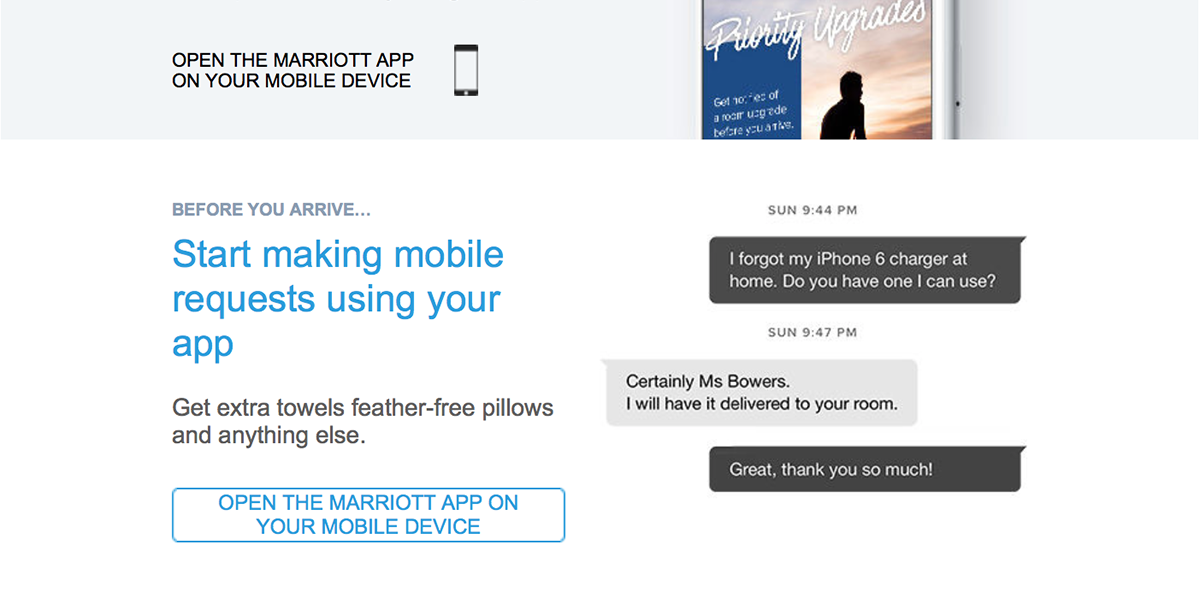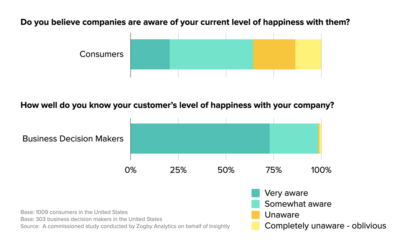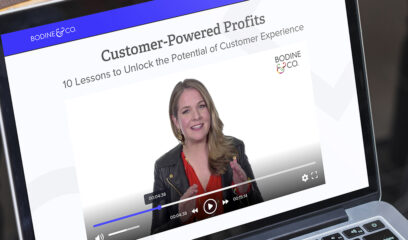A friend of mine recently had a business trip to the Bay Area and booked his room at the Courtyard by Marriott in downtown Oakland. The morning before his stay, he received an email from Marriott, encouraging him to “Use Mobile Check-In to access Elite benefits.” He read through the email and saw that one of those benefits was mobile requests: “Start making mobile requests using your app. Get extra towels, feather-free pillows and anything else.” Marriott specifically chose to include in the email a screenshot of a guest requesting an iPhone charger.
Fast forward to the night of his stay. He was unpacking his bag and realized that he had forgotten—yup—his iPhone charger. He didn’t use his mobile phone, but instead walked down to the front desk to ask for one. The response from the employee? “Oh, we don’t have any of those.”
What? This wasn’t some pie-in-the-sky request. This was specifically the example that Marriott used to show the type of request that guests could make at this very hotel!
If you’ve been to any of our workshops, you know that I’ve got passion about organizations’ systematic and maddening inability to keep their promises. Often, as was the case here, this is the result of a marketing team sending out communications without putting into place the necessary processes to ensure that their promises can be carried out operationally.
I define customer experience as customers’ thoughts, emotions, and perceptions about their interactions with an organization. And, as I’ve written about before, [inline-ctt]customers’ perceptions are directly influenced by the expectations that organizations explicitly and implicitly sets.[/inline-ctt] Without the email from Marriott, my friend probably would have been disappointed by the lack of the front desk’s iPhone charge. But with the promise, he was actively annoyed—enough so to email me about his experience.
Marketing teams can no longer afford to operate in isolation. When considering a new campaign or communications program, they need to map out the customer journey and understand what will happen not just when a customer sees and ad or opens an email—but at each step following. Then, they need to determine which teams need to be involved to pull of the experience seamlessly and actively engage them in making that happen.
If the operations aren’t in place, the promises must wait.




